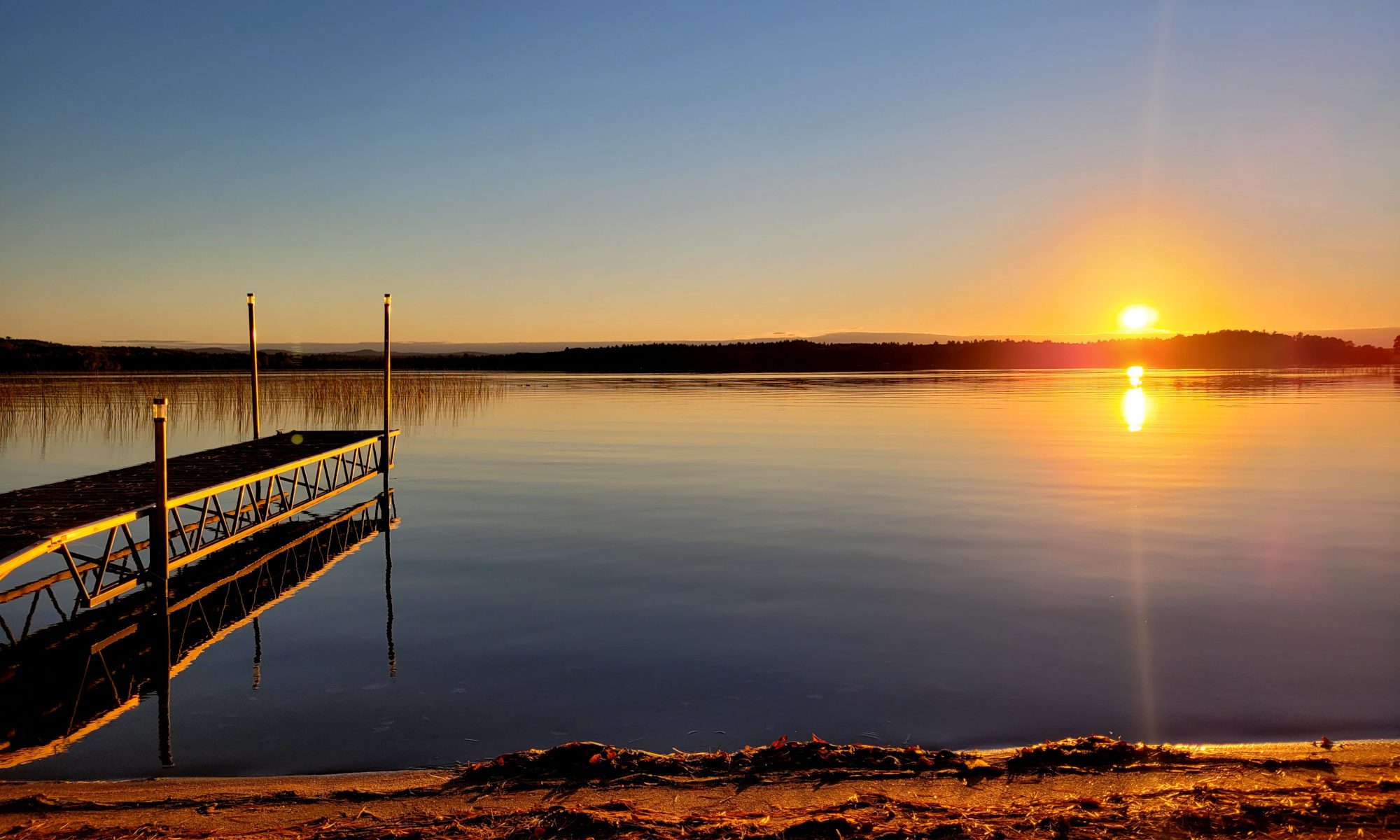
From Undark: “Nuclear weapons laboratories don’t often help solve serial-killer cases. But in the investigation of Efren Saldivar, data from such a lab provided the clinching evidence that led to his conviction on six counts of murder. As a respiratory therapist at Glendale Adventist Medical Center in California, Saldivar helped care for terminally ill patients. The hospital got a tip that someone had “helped a patient die fast,” and Saldivar was questioned. He confessed to dozens of murders, stating that he poisoned patients with overdoses of the paralyzing chemicals pancuronium bromide, also known as Pavulon, and succinylcholine chloride. He was arrested immediately. But there was little physical evidence to back up his self-incriminating claims.”
The difficulty markings for ski hill runs were designed by Walt Disney

From Inside The Magic: “If you have ever visited a ski resort in the United States or Canada, a significant part of your experience is thanks to work done by Walt Disney and his team. And you probably had no idea. All ski resorts in North America grade their slopes and trails with either a green circle (easy), a blue square (intermediate), a black diamond (advanced), or a double black diamond (experts only). It was Walt Disney’s team that came up with that grading system. Before he passed away in 1966, Disney set out to build or buy his own ski resort. One of the proposed locations was in California’s Sequoia National Park, but environmentalists reportedly blocked it. But before the plan was shut down, Disney already established its proposed trail signage.”
Note: This is a version of my personal newsletter, which I send out via Ghost, the open-source publishing platform. You can see other issues and sign up here.
An organ played a note as part of a song that will take over 600 years to perform

From the BBC: “The longest – and slowest – music composition in existence had a big day on Monday – it changed chord for the first time in two years. Crowds gathered at a church in Germany to witness the rare moment, which is part of an artistic feat by avant-garde composer, John Cage. The experimental piece, entitled As Slow as Possible, began in 2001. Being played on a specially-built organ, it is not set to finish playing until the year 2640. That’s 616 years away. Looking at that period of time in the other direction – the Renaissance was starting to rumble into existence in Europe. The composition, which in full is entitled Organ²/ASLSP (As Slow as Possible), has now had 16 chord changes.”
Editor’s note: If you like this newsletter, please share it with someone else. And if you really like it, perhaps you could subscribe, or contribute something via my Patreon. Thanks for being a reader!
When New York shut down the sales of artichokes to catch a mobster

From Now I Know: “In the 1930s, an underboss of the Morello crime family named Ciro Terranova cornered the market on baby artichokes, earning himself the nickname “The Artichoke King.” How he obtained such control is unclear but one thing is virtually undisputed: by the early 1930s, almost every single baby artichoke in New York City came through the Union Pacific Produce Company, a company controlled by Terranova and the Morellos. When NYC mayor Fiorello LaGuardia ran for mayor in 1933, he promised to crack down on organized crime, and the artichoke trade became an easy target. On December 21, 1935, he and a small army of police officers went to the Bronx and announced a ban on the “sale, display and possession” of baby artichokes.”
Scientists find Stone Age megastructure submerged in the Baltic Sea

From Ars Technica: “In 2021, Jacob Geersen, a geophysicist with the Leibniz Institute for Baltic Sea Research , took his students on a training exercise along the Baltic coast. They used a multibeam sonar system to map the seafloor about 6.2 miles offshore. Analyzing the resulting images back in the lab, Geersen noticed a strange structure that did not seem like it would have occurred naturally. Further investigation led to the conclusion that this was a manmade megastructure built some 11,000 years ago to channel reindeer herds as a hunting strategy. Dubbed the “Blinkerwall,” it’s quite possibly the oldest such megastructure yet discovered, according to a new paper published in the Proceedings of the National Academy of Sciences.”
Academic paper mills are bribing journal editors to run their fakes

From Science.org: “One evening in June 2023, Nicholas Wise, a fluid dynamics researcher at the University of Cambridge who moonlights as a scientific fraud buster, came across something he had never seen before. Wise was all too familiar with offers to sell or buy author slots and reviews on scientific papers. Exploiting the growing pressure on scientists worldwide to amass publications even if they lack resources to undertake quality research, these furtive intermediaries by some accounts pump out tens or even hundreds of thousands of articles every year. But this time, rather than targeting potential authors and reviewers, a Chinese firm was going for journal editors—offering large sums of cash to these gatekeepers in return for accepting papers for publication.”
This little robot has had enough, thank you
Acknowledgements: I find a lot of these links myself, but I also get some from other newsletters that I rely on as “serendipty engines,” such as The Morning News from Rosecrans Baldwin and Andrew Womack, Jodi Ettenberg’s Curious About Everything, Dan Lewis’s Now I Know, Robert Cottrell and Caroline Crampton’s The Browser, Clive Thompson’s Linkfest, Noah Brier and Colin Nagy’s Why Is This Interesting, Maria Popova’s The Marginalian, Sheehan Quirke AKA The Cultural Tutor, the Smithsonian magazine, and JSTOR Daily. If you come across something interesting that you think should be included here, please feel free to email me.
